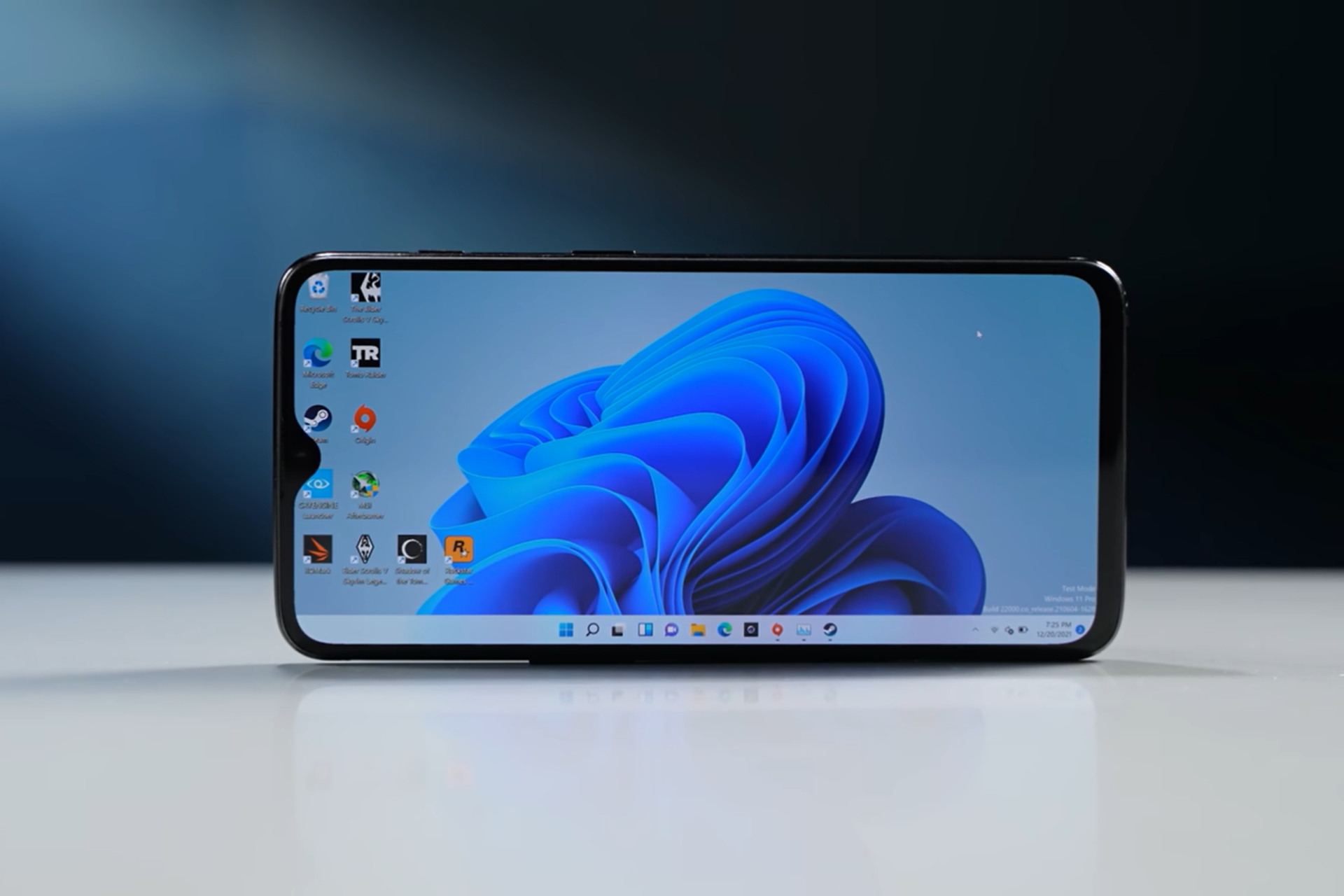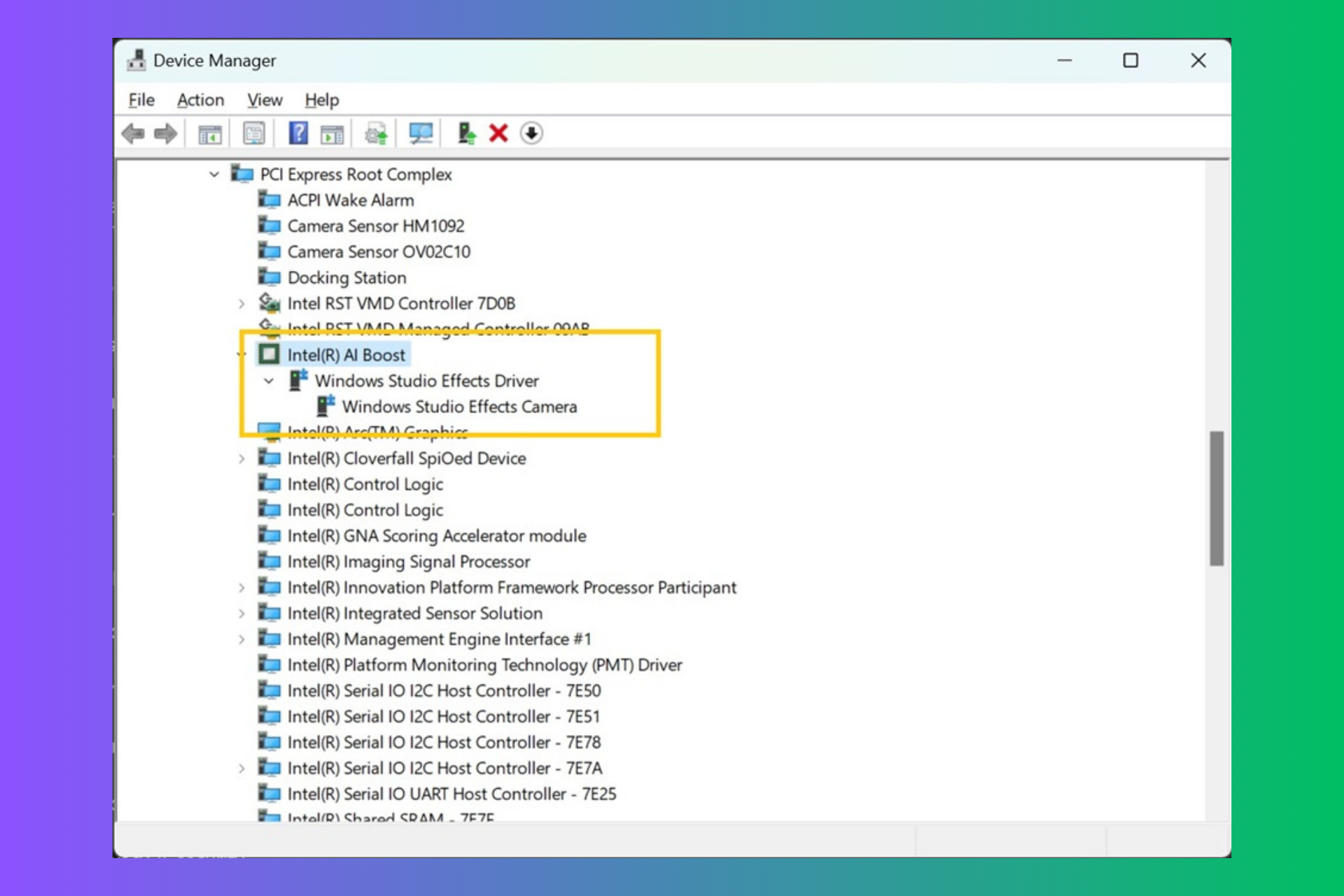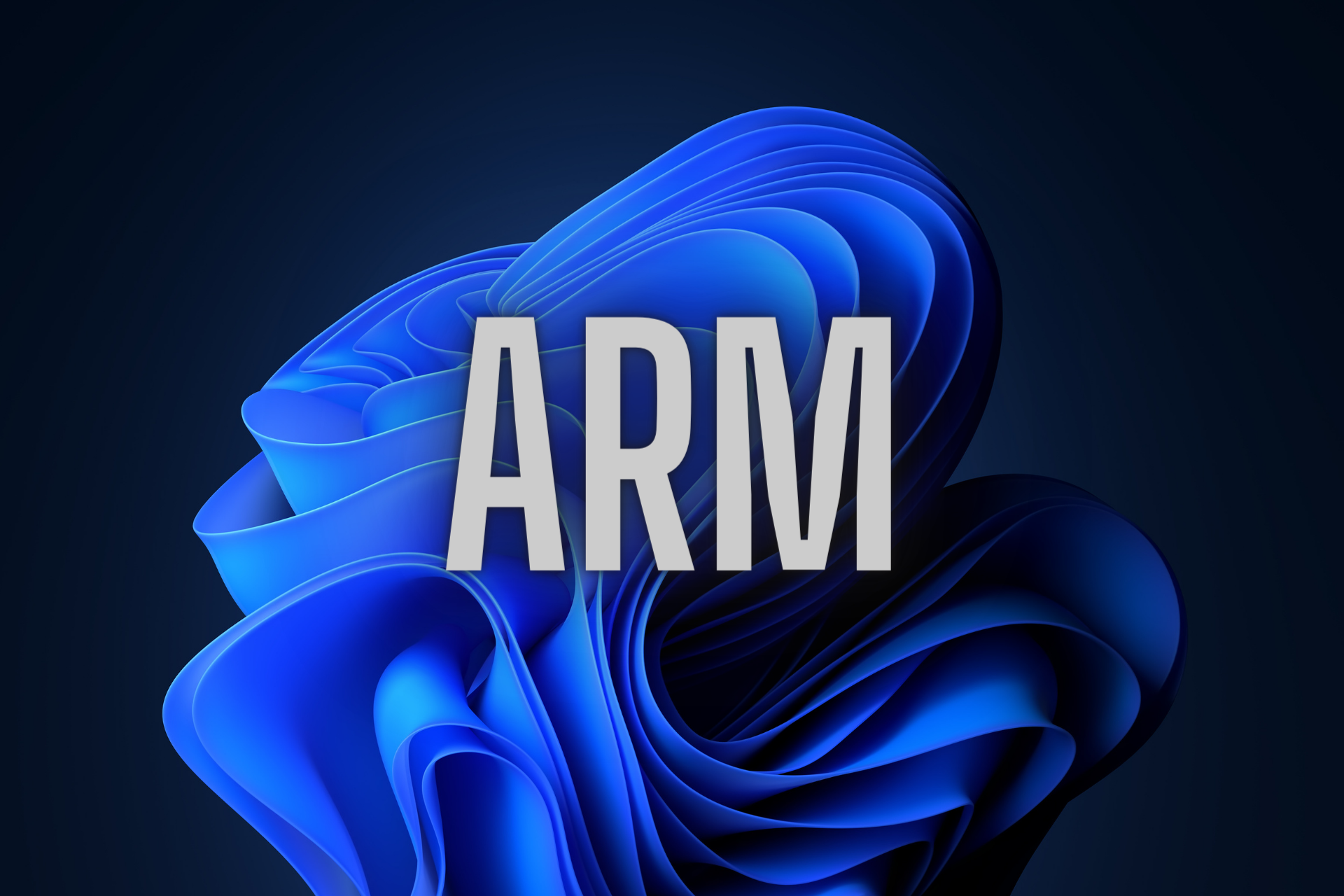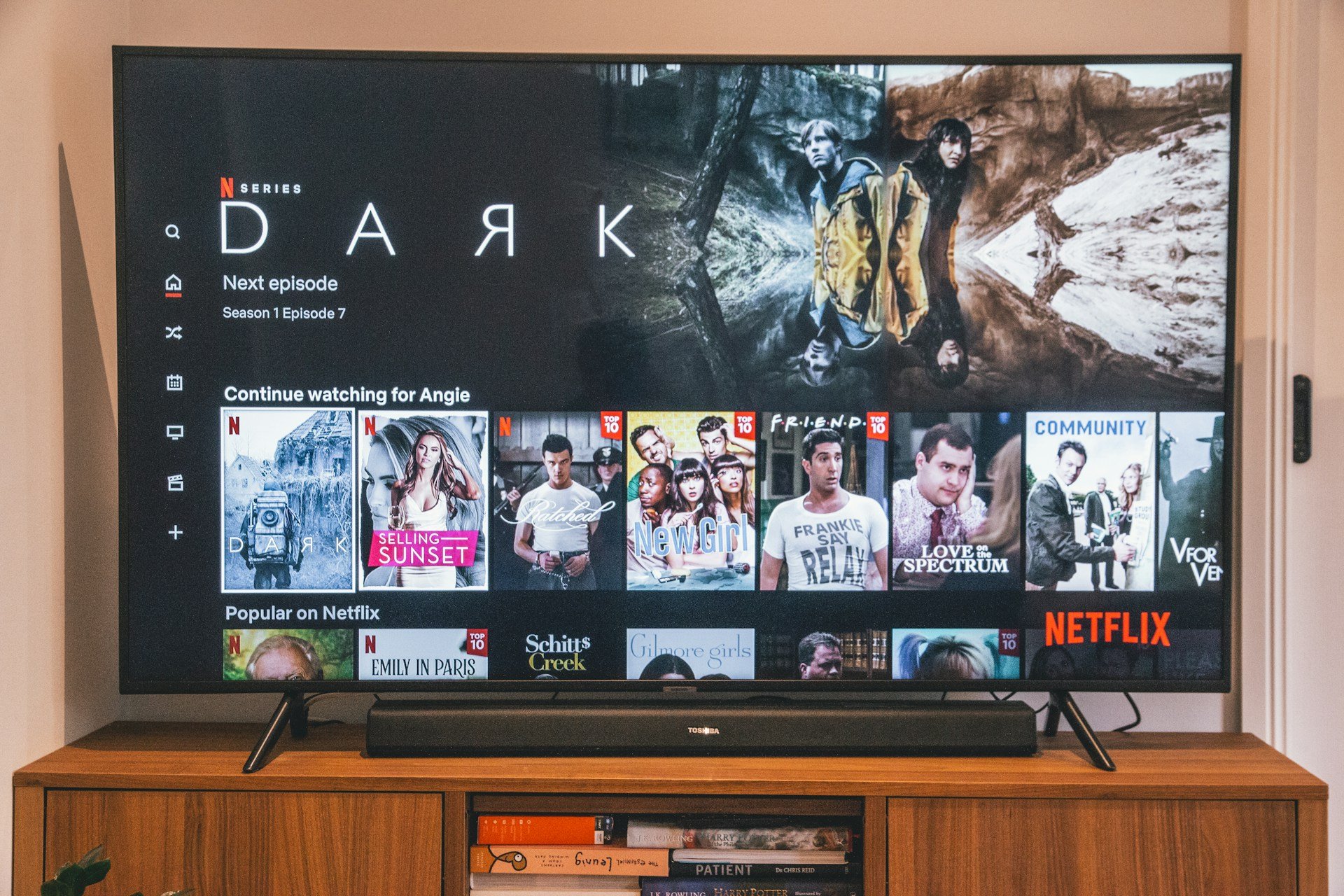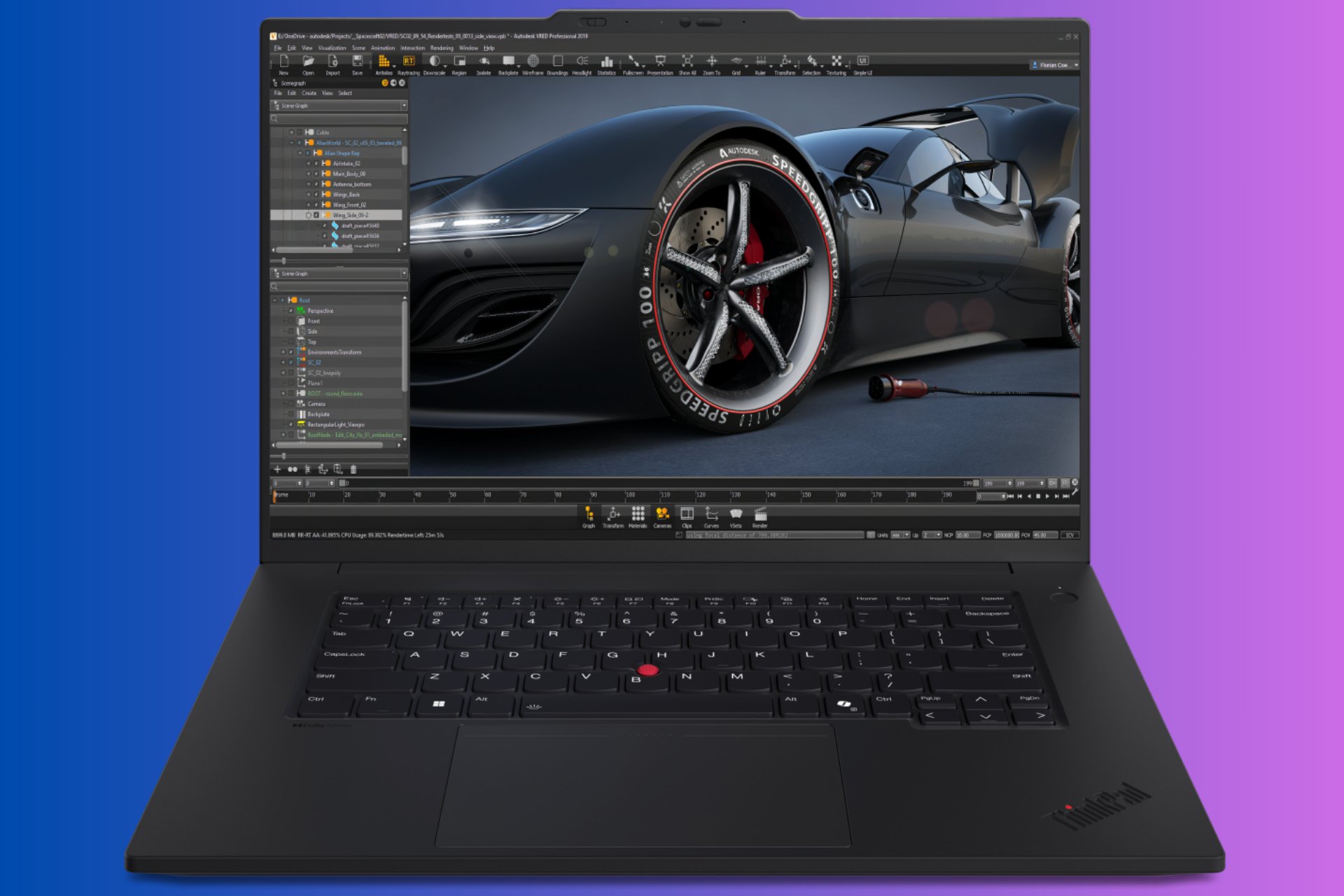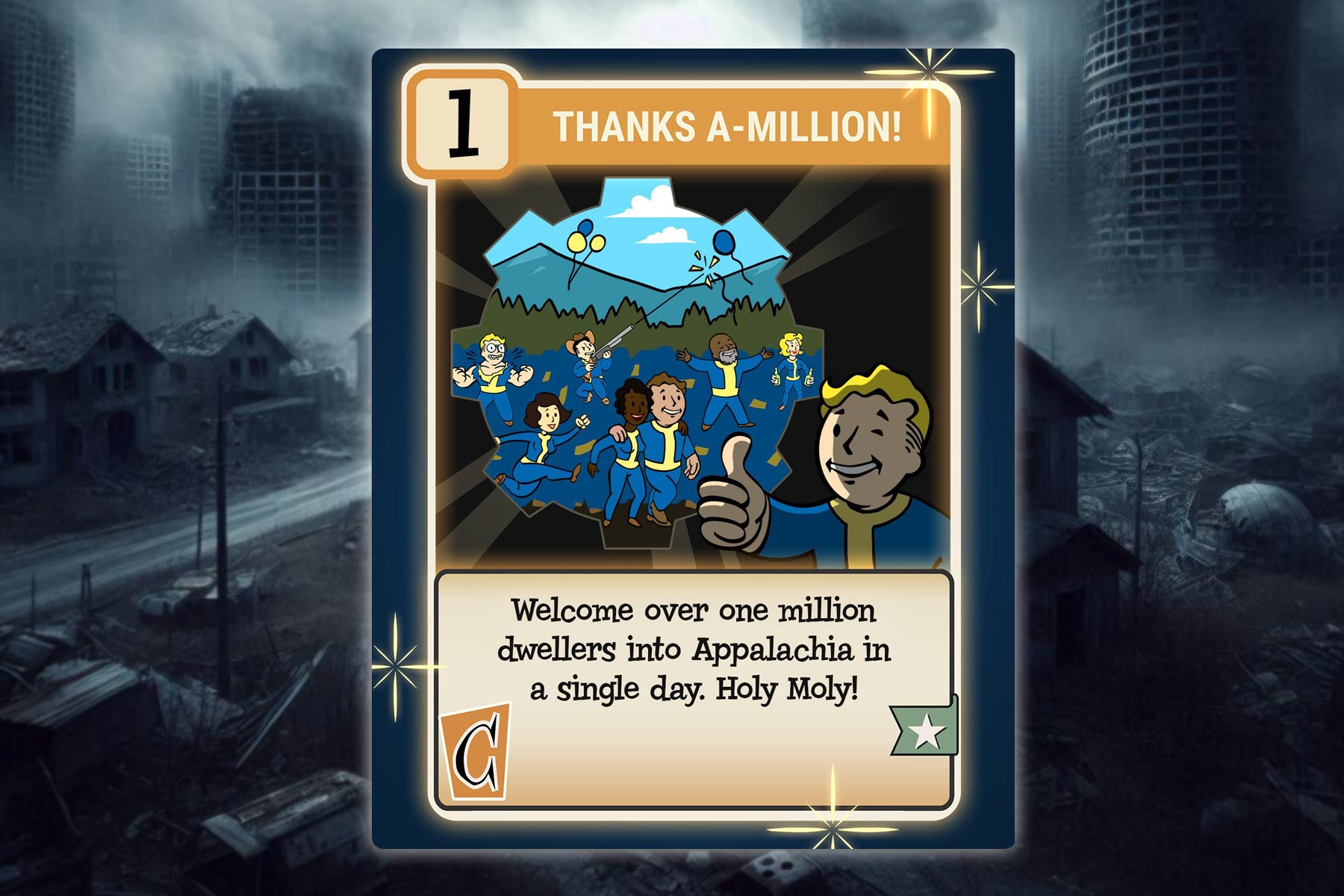Minecraft: Education Edition comes to the Windows Store next month
2 min. read
Updated on
Read our disclosure page to find out how can you help Windows Report sustain the editorial team Read more

Microsoft introduced Minecraft: Education Edition earlier this year and will release it on the Windows Store next month. Minecraft: Education Edition is designed to teach kids teamwork, collaboration and creative work with the help of two new features.
For one, Microsoft added a new Classroom Mode to Minecraft: Education Edition that allows teachers to control Minecraft world settings, share items with students, teleport students and communicate with students from within the game. With Classroom Mode enabled, teachers will be able to see a map of the classroom’s Minecraft world, a list of students and much more.
Microsoft also mentioned it would update Minecraft: Education Edition with new features found in other editions of Minecraft, for instance receiving all the features currently available in Minecraft: Windows 10 Edition.
Minecraft: Education Edition will be sold for $5 per user annually. Customers will be able to buy the game directly or via Microsoft’s Enrollment for Education Solutions volume licensing arrangement.
What are your thoughts about Minecraft? Do you think that Minecraft: Education Edition will be useful for teachers and students?
RELATED STORIES TO CHECK OUT:

